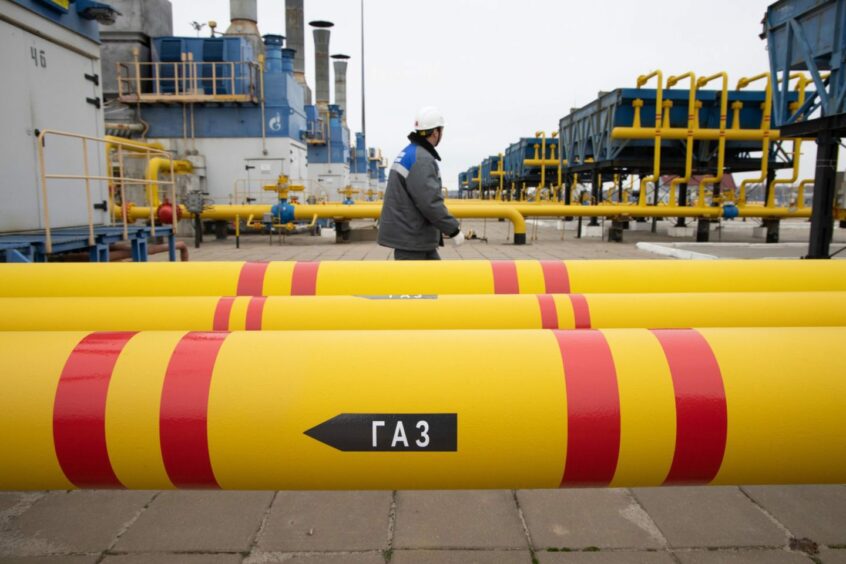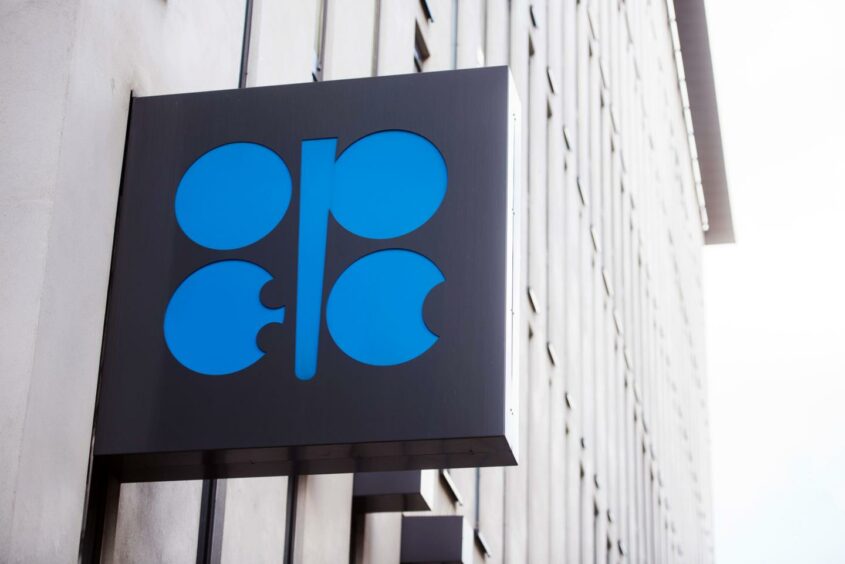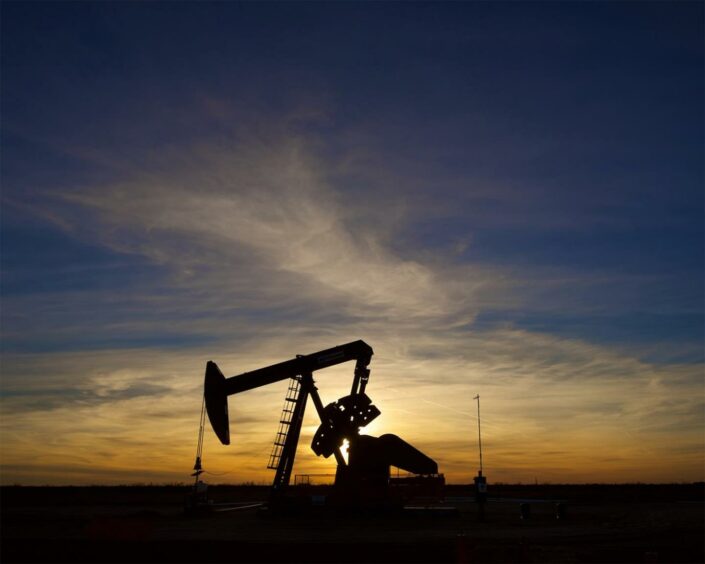
Global oil and gas supplies are on course to tighten further this year as OPEC sticks to its guns and other producers struggle to fill the gap.
Dutch banking giant ING expects a “growing deficit” between supply and demand over the course of 2023, meaning oil and gas will continue to trade at a premium.
It has caveated its forecasts though, underlining that uncertainty is high given the current “geopolitical situation and the direction of the global economy”.
ING’s 2023 energy outlook pours cold water on hopes that global energy prices – a key driver of UK inflation – may cool in the coming year.
Everything going to plan
Given the gas shortages that have dogged Europe for much of the last year, ING says the present situation “could not have been better”.
It said: “Demand destruction and milder-than-usual weather in the early part of the heating season have ensured that the region has continued to build storage deeper into winter. EU storage continued to grow until mid-November, with it reaching nearly 96% full.
“This is above the five-year average of almost 88% for mid-November. This leaves Europe in a better-than-expected position for this winter and the next few months should be more manageable.”
Difficult second album
Repeating that achievement in 2023 is likely to be more challenging though, as Russian supplies will be off the table.
Sanctions against the nation following its invasion of Ukraine will take full force this year, leaving a big shortfall.
It is a prediction that has been made by leading analysts too, particularly if alternative sources don’t materialise.
“The ability of the EU to completely turn to other sources is just not possible. Therefore, Europe is likely to go into the 2023/24 winter with tight storage, which could leave the region vulnerable,” said ING.
“In order to get through the 2023/24 winter comfortably, we will have to see continued demand destruction once again. This will have to be either as a result of market forces or EU-mandated demand cuts. While Europe should be able to scrape through the 2023/24 winter if current Russian gas flows continue, it is much more challenging if remaining Russian gas flows come to a full stop.”
No help from OPEC+
There had been hopes that OPEC+ nations may step up to the plate, but the cartel has doubled down on its strategy.
Ignoring calls to increase flows, the group instead opted to stick with its plans to curtail production, a decision that drew harsh criticism.
ING said: “Although, with hindsight, the decision by OPEC+ might appear to be the right one, at least in the near term, as it offers stability to the market. Given that most of its members are producing well below their production targets, OPEC+ supply cuts work out to an effective cut of around 1.1MMbbls/d.
“In aggregate, OPEC+ production was 3.22MMbbls/d below target levels in October. However, the cuts may prove to be more destabilising in the medium term, given the expectation of a tighter market through 2023.”
US response ‘anything but impressive’
In the absence of steady Russian gas supplies, amplified by the Nord Stream 2 blast, suppliers across the pond have done what they can to keep Europe topped up.
But ING says on the whole the response has been “anything but impressive”, with a mentality shift from “producing as much as possible to focusing on shareholder return”.
That is a trend that is likely to continue throughout 2023, leaving large question marks around where future supply may come from.
ING said: “Supply chain issues, labour shortages and rising costs have also played a role in the more modest supply growth expected over the next year.”
It added: “How the Russia/Ukraine war evolves will be important for oil markets in 2023. While a de-escalation might not lead to the return of pre-war oil trade flows, it would remove a lot of supply risk from the market.”
Recommended for you


 © Bloomberg
© Bloomberg © Bloomberg
© Bloomberg © Supplied by Apache
© Supplied by Apache